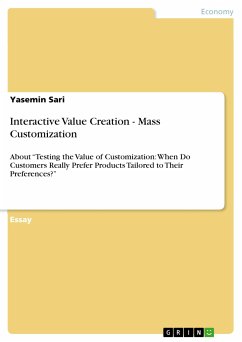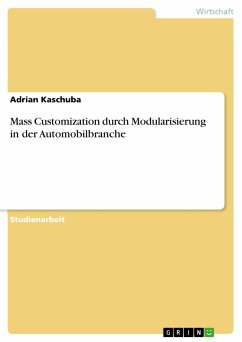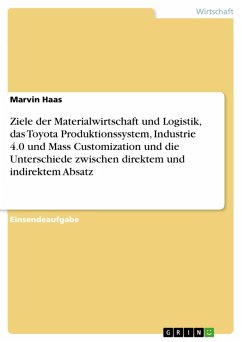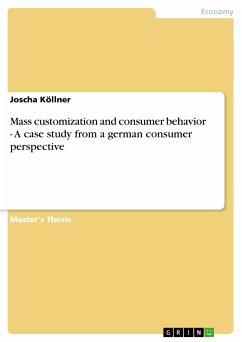Essay from the year 2011 in the subject Business economics - Offline Marketing and Online Marketing, grade: 2,0, RWTH Aachen University, language: English, abstract: Due to the shift from seller to buyer markets in recent times, where instead of productivity and cost efficiency now other goals like quality, time and flexibility become more important, firms have to react. Furthermore, availability of modern information and communication technologies, notably the internet and the resulting market transparency enhances the bargaining power of customers. Along with globalization, shorter product life cycles, a wide variety of variants and increasing market saturation firms are confronted with highly competitive global markets. Therefore, it is all the more crucial that companies distinguish themselves in the market to succeed. An extremely important point in this context is the ability of firms to innovate. Only with innovative and marketable products a company can survive in a market in the long-term. To ensure innovativeness that is strongly linked with competitive advantage, sustainability and long term profitability firms are increasingly in search of new sources. Customer co-creation, customer integration, user innovation, open innovation and mass customization are just some terms behind which a new paradigm in technology and innovation management is hidden. The accurate umbrella-term for all these concepts is “interactive value creation”. Firms, most notably in the last four decades , recognized that external actors, especially customers and users, are a crucial source for innovative knowledge. Accordingly interactive value creation means the active integration of customers and users in the value creation process within a firm, so far mainly performed internally. In this regard, interactive value creation is primarily divided in two basic types: open innovation and mass customization (product individualization). Whereas, put simply, open innovation targets the innovation of new products by opening the innovation process to external actors, mass customization implies the development of individualized products. Within this thesis the focus lies particularly on mass customization.









